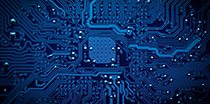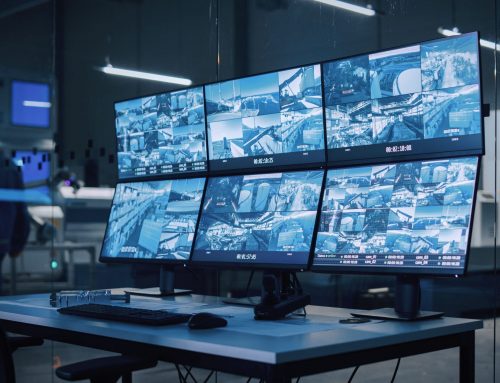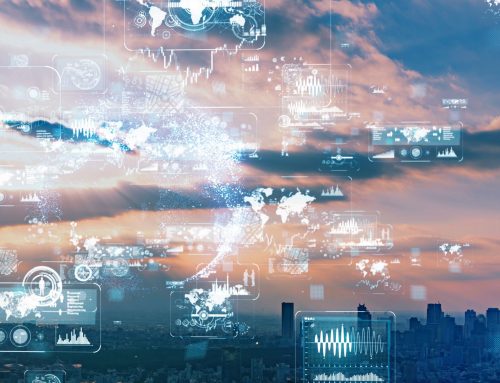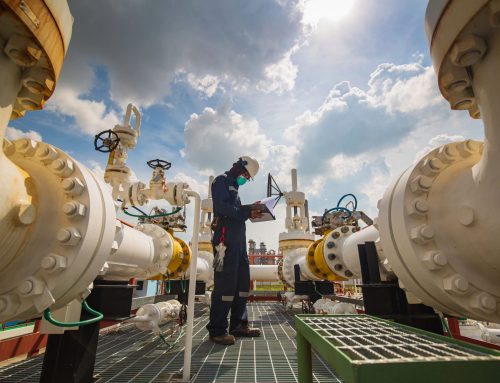The Internet of Things is a reality. Homes are already fitted with smart thermostats and people are living in new smart cities in the Far East. In fact, it is projected that 30 billion things could all be joined up on the Internet of Things within the next couple of years.
The Internet of Things has had to grow up very quickly. Most people will think of it in the context of smart meters, wearable tech and home music systems. But the Internet of Things is so much more than this.
For example, in Santander, Spain, the city installed and linked 10,000 sensors to monitor traffic flow, car parks, pedestrian movements and pollution (amongst other things). This historical and live information is now being fed through a smart phone app to citizens giving them live traffic information, where to park, which shops have the best deals right now, which areas have the best air quality – and a lot more. The system also delivers accurate data of residents’ behavioural patterns hour by hour (and in many locations) to the councils and businesses, so their planning and decision making can be reliably evidence based and, therefore, should be vastly improved.
Above all though, the people of Santander’s wellbeing and prosperity are being improved on a daily basis, without a lot of investment or fuss. Worries about ‘Big Brother Watching Me’ are an issue, so the use and protection of the data are extremely carefully controlled.
Big data and big ideas are also saving lives. For example, remote 24/7 surveillance of volcanoes and geological faults can alert scientists to rumbles and unusual activity which, when combined instant live communications, give everyone involved the precious few hours of forewarning they need to save lives and livelihoods.
The same is true with the satellites orbiting earth that can pinpoint and predict the path of hurricanes and storms. They beam the information to meteorological offices, who can broadcast warnings direct to populations via regular and social media and inform the region’s emergency services and councils so that precautions can be taken to save lives and property before a flood, storm or tsunami hits.
Back in the late 1800’s, Florence Nightingale was the first in the medical profession to insist on hand hygiene. This small intervention saved many lives and set a course for hand washing to be largely taken for granted today. Today, hospital staff and visitors can swipe their hands through a small device on the wall that will detect bacteria levels and recognise the handprint and permit or refuse entry to a ward or room or alert the nurses’ station to let someone in. Hygiene and security controlled in the flash of one blue light.
At a more mundane level, if you are a pet owner, your dog or cat is probably “chipped”. A small circuit board was slipped under your pet’s skin when they were just a few hours or days’ old so that, if (s)he wanders off, a vet can find out where to return the lost animal. It doesn’t hurt, the animal doesn’t even know it is there. But how reassuring is it to know that a vet can swipe a reader over your lost pet and start to get him/her back to you?
Printed circuit boards and microchips are everywhere – from the deepest oceans to outer space. So, with all this data floating around, could your fridge notice that stocks are low and accidentally launch next door’s self-drive car into the path of the drone coming into land with your replenishments of granola and unicorn milk? Unlikely. Will your company’s annual auditors’ visit be a thing of the past? Also unlikely. We humans still have the choice of how to use the Big Data and which Things are inter-connected.
The Internet of Things is changing the way we live, the way we do business and the way we even think about how we live and do business. It relies on power, storage and well designed and made hardware. But, most powerful of all, there is still the on/off switch.









